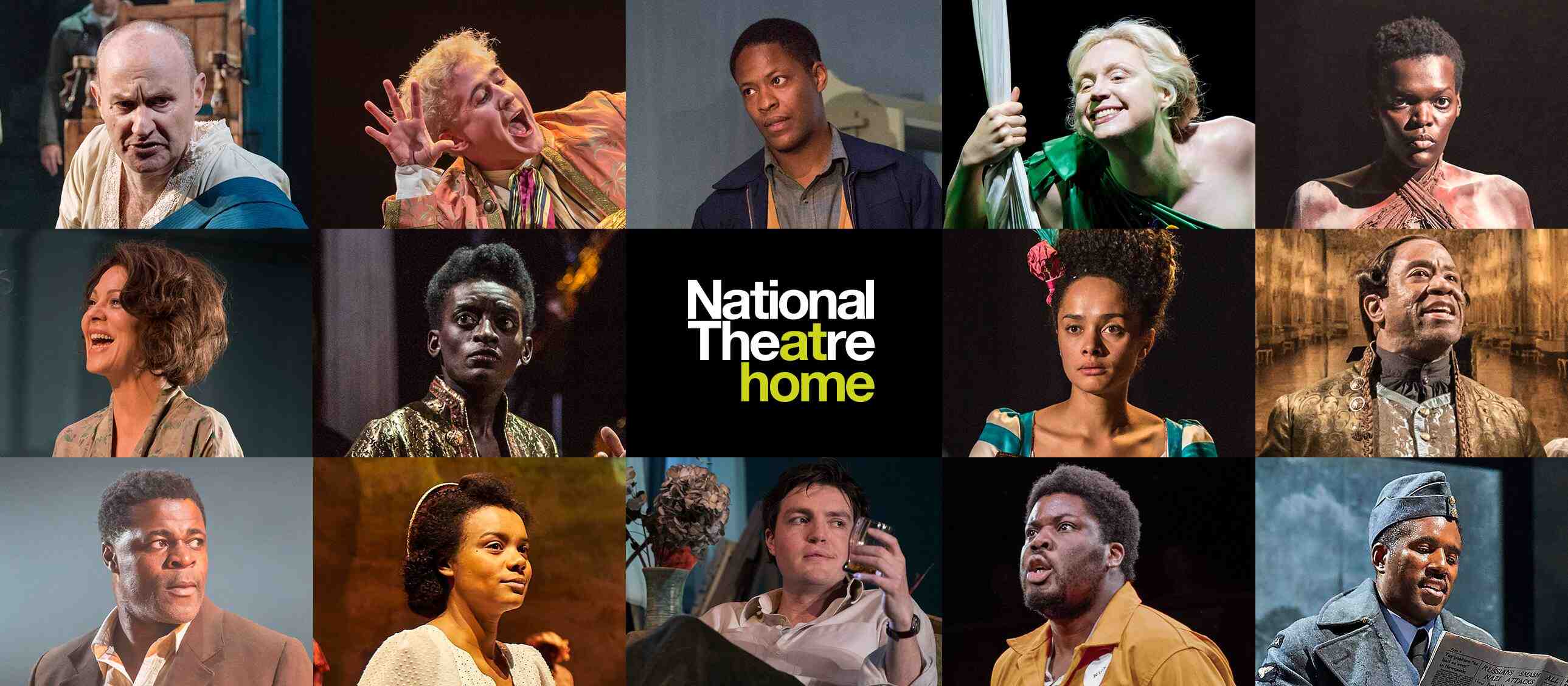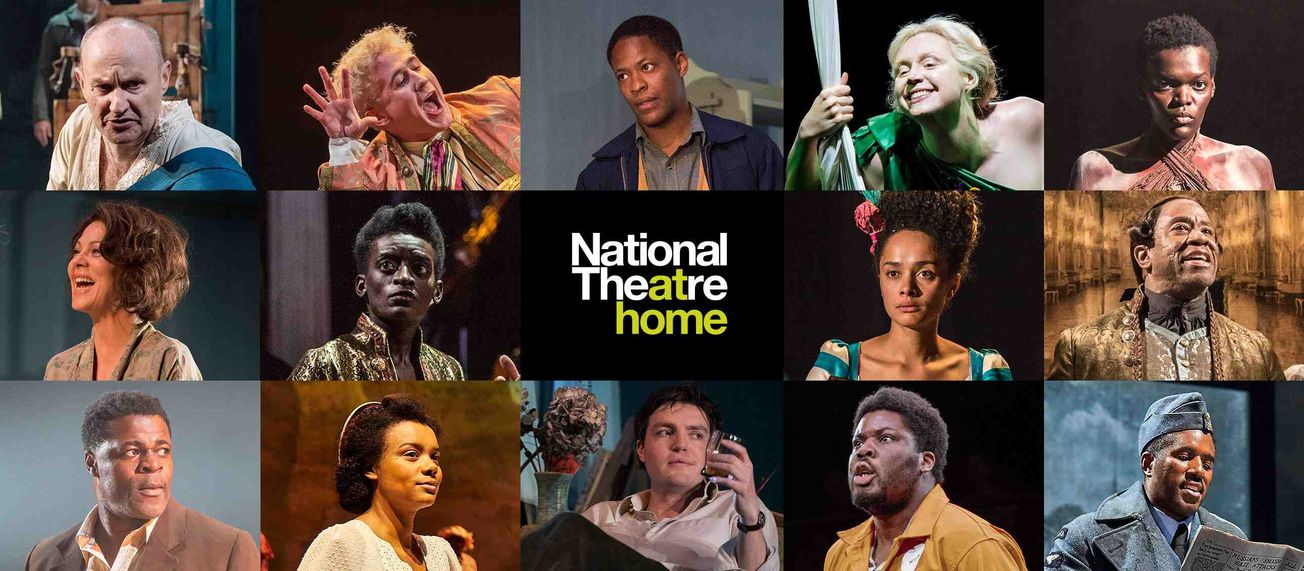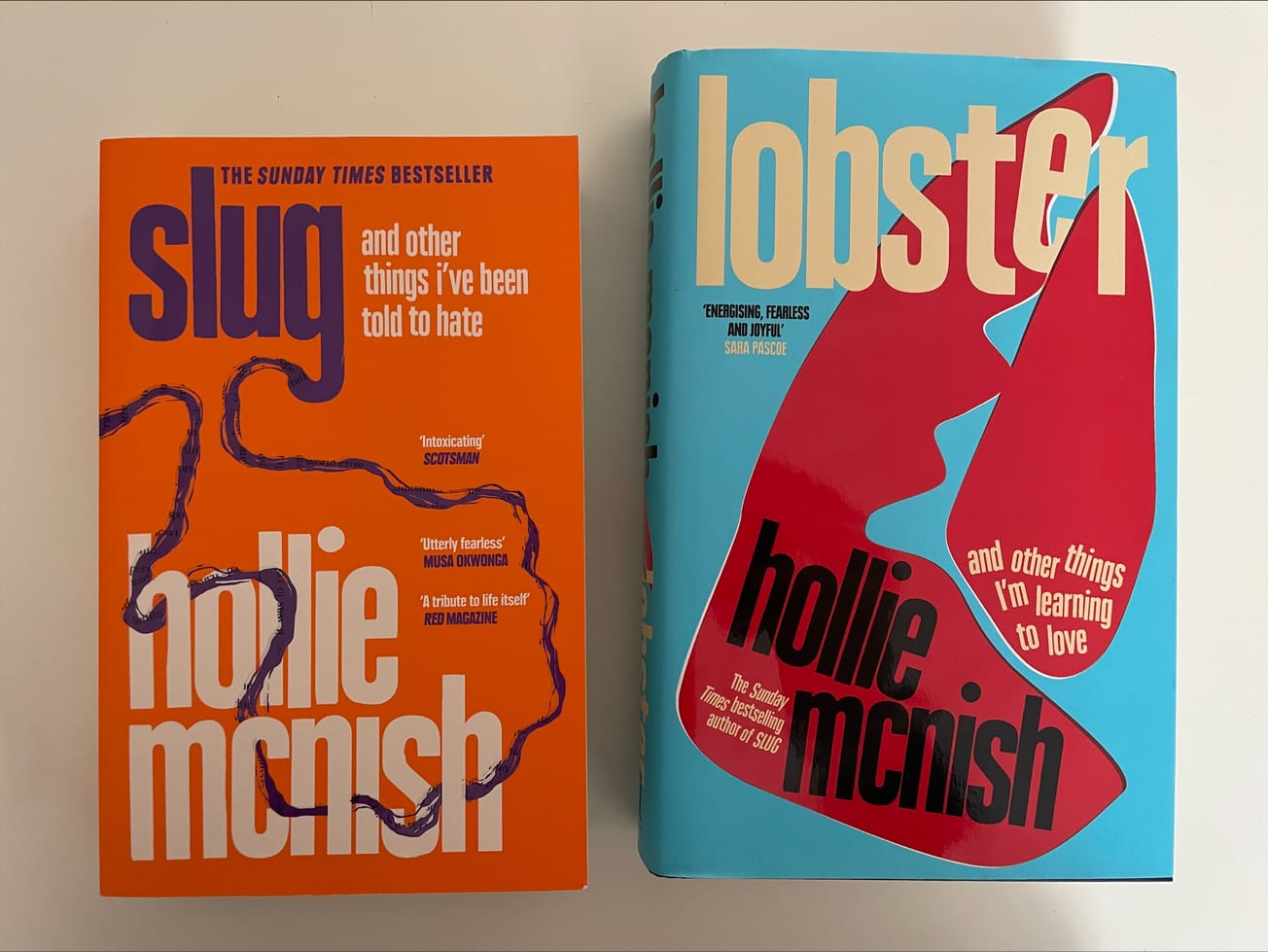By Charlotte Churm, Third Year Theatre and Performance Studies
With the coronavirus lockdown leaving theatres with no opportunity but to provide access to their work through digital mediums, it begs the question, is this the future of the theatre industry?
Thursday 2nd April 2020. 7pm. Over 200,000 people sat down to watch the National Theatre at Home broadcast of One Man, Two Guvnors by Richard Bean (after Goldoni). Although that may not seem like much to the cinematic gods of our cultural universe, this broadcast was equivalent to 224 sold out performances of the play in the Lyttleton Theatre (where the performance was originally staged). Statistics like that are a box office manager's dream - many would probably sell their first born child for success like that. And the best part of it? It was all offered for free.
Since then, many theatres have followed suit. Small companies certainly preceded the National Theatre in making their work available, but since then, the desire to share digital work has spread significantly. From Andrew Lloyd Webber to our very own Bristol Old Vic, huge numbers of theatres, production companies and arts organisations are making work available for free: Jane Eyre at the National Theatre, A Monster Calls at Bristol Old Vic, Endgame at the Old Vic... to name just a few. What's most surprising is that these aren’t back row archive recordings of a few niche shows; these are hugely successful commercial and artistic hits that the industry is sharing with us. For free. So, what's the catch?

Hopefully, there isn’t one. Fortunately all these productions made their money in the flesh before the pandemic. Therefore, offering anything from a theatre’s back catalogue is the equivalent to watching an old DVD. It doesn’t need to break even or make money, it already has. And therefore, free theatre is being made available to us not only in the hope it keeps the cultural industry in the forefront of our minds, but also to help us feel better. The longer we are locked down, the more fantastic pieces of theatre seem to emerge from the woodwork. The National Theatre has now made Tom Hiddleston’s Coriolanus available (need I say more?!) and Bristol Old Vic is streaming Compicité’s The Encounter.
I do hope theatres take one thing away from this; how accessible and successful our theatrical community can be when made digital.
What’s really worth celebrating however, other than Tom Hiddleston, is that a lot of these pieces are now accessible to an audience that might never have had the opportunity to see them. This not only includes students, rural residents and those on a lower income (don’t even get me started on the price of theatre tickets), but also those with special needs who find theatres too daunting, those who are ill, and those with disabilities. I know I’ve never felt pride in our industry as much as finding out my disabled grandparents (who rarely can make it out to the theatre) sat down and watched One Man, Two Guvnors and loved it! Intentional or otherwise, we have opened the theatrical community to include so many more people, who previously wouldn’t have had the opportunities to be a part of it.
And not only is theatre opening its arms to the masses, but it is sharing stories on huge platforms that might not otherwise have had the same exposure in a small off-West End or regional theatre. Barber Shop Chronicles streamed by the National Theatre is just one example of this. As a play that follows black culture in barber shops across the world, it's so important we are using digital platforms to make these stories accessible, making sure the industry we’re bringing to people’s living rooms isn’t all Shakespeare and tutus.
It seems like there is no fault to be found with this new way of experiencing theatre. Free, accessible and available. Just like all the most important things in life should be. But how long will it last? Could this format work for new plays? Or are we at risk of our quarantine being lifted and before we blink we’re back to London-centred overpriced shows?
It's what theatre has done for centuries - touching all walks of life - and lets hope, when this is all over, it can continue to do so.
Unfortunately, that is the danger we face. Theatres are running these schemes unsupported financially by their audiences but also by the government, making them merely a short term solution. These shows have made their money and can afford to be streamed, but as a medium of sharing new work, financial constraints once again come into play and the boundaries between new performances and Netflix become blurry. No doubt a subscription would be necessary if this medium continued in the future, and the format would slowly drift from an all-encompassing experience to one of close ups and empty auditoriums without the shared experience of being in a theatre.
It is also clear that the novelty is wearing off. A recent announcement by The Old Vic stated they are planning to charge between £10-£65 for the same viewing experience for audiences of up to 1,000 to watch Claire Foy and Matt Smith in Lungs every night. To charge for what others have been offered for free is a jarring shock to the system, and a wake up call as to the ephemerality of our freely streamed theatre.
With the world, and the theatre industry, in dire straits, I’m not sure there is a solution to this problem. Unfortunately it is inevitable that unsubsidised theatres will soon start needing our cash again. But I do hope theatres take one thing away from this; how accessible and successful our theatrical community can be when made digital. The experience may not compare to sitting in the stalls of a great West End theatre, but not everyone can do that. I believe we’ve reached an age where theatre is no longer about grandeur, but about community. Sometimes, and in normal circumstances, it shouldn’t be all about the money, but about bringing people together. It's what theatre has done for centuries - touching all walks of life - and lets hope, when this is all over, it can continue to do so. Free. Accessible. And available.
Featured image credit: National Theatre
Have you seen one of the streamed theatre performances yet? What were your thoughts?









